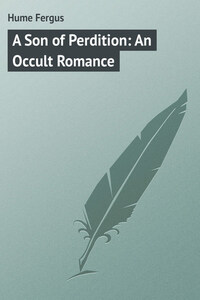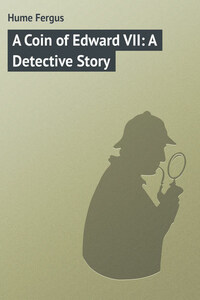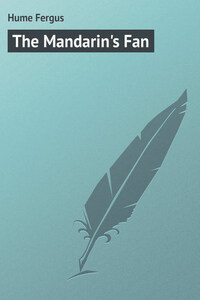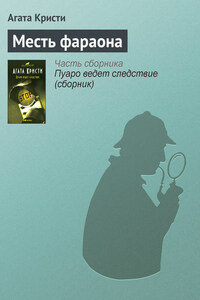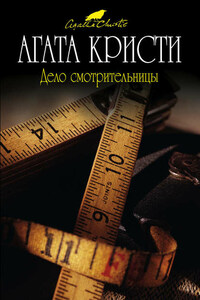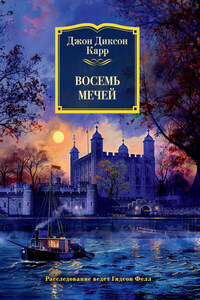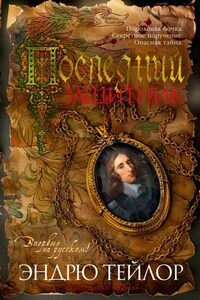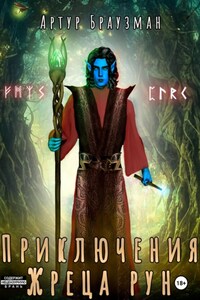‘THE DETECTIVE STORY CLUB is a clearing house for the best detective and mystery stories chosen for you by a select committee of experts. Only the most ingenious crime stories will be published under the THE DETECTIVE STORY CLUB imprint. A special distinguishing stamp appears on the wrapper and title page of every THE DETECTIVE STORY CLUB book—the Man with the Gun. Always look for the Man with the Gun when buying a Crime book.’
Wm. Collins Sons & Co. Ltd., 1929
Now the Man with the Gun is back in this series of COLLINS CRIME CLUB reprints, and with him the chance to experience the classic books that influenced the Golden Age of crime fiction.
COLLINS CRIME CLUB
an imprint of HarperCollinsPublishers Ltd
1 London Bridge Street
London SE1 9GF
www.harpercollins.co.uk
This edition 2018
First published in Great Britain by Chatto & Windus 1901
Published by The Detective Story Club Ltd for Wm Collins Sons & Co. Ltd 1930
‘The Greenstone God and the Stockbroker’ and ‘The Rainbow Camellia’ first published in The Dwarf’s Chamber by Ward, Lock & Co. 1896
Introduction excerpted from The Golden Age of Crime Fiction published by Prion Books, copyright © Peter Haining 2002
Cover design © HarperCollinsPublishers Ltd 1930, 2018
A catalogue copy of this book is available from the British Library.
This novel is entirely a work of fiction. The names, characters and incidents portrayed in it are the work of the author’s imagination. Any resemblance to actual persons, living or dead, events or localities is entirely coincidental.
All rights reserved under International and Pan-American Copyright Conventions. By payment of the required fees, you have been granted the non-exclusive, non-transferable right to access and read the text of this e-book on screen. No part of this text may be reproduced, transmitted, down-loaded, decompiled, reverse engineered, or stored in or introduced into any information storage and retrieval system, in any form or by any means, whether electronic or mechanical, now known or hereinafter invented, without the express written permission of HarperCollins.
Source ISBN: 9780008137625
Ebook Edition © July 2018 ISBN: 9780008137632
Version: 2018-04-13
The growth of the railways in Britain, from the 1850s on, gave rise to the success of Victorian books of sensation. Coinciding with a shift from handmade books to machine-made paper and mass-produced bookbindings which dramatically reduced the costs, books became attractive with their two-, three- or four-colour illustrations—principally yellow but sometimes replaced by green, blue or grey—and their handy, pocket-sized format made them ideal for travellers, just like their descendants: today’s paperbacks. Railway bookstalls were springing up at all the big stations, and those of W. H. Smith & Son in the south and John Menzies in the north were soon piled high with books and posters declaring, ‘YELLOW-BACKS—High Quality Reading Only Two Shillings’. The books varied in length from 256 to 420 pages and offered customers a full-length novel or numerous short stories to while away their hours of travel. Although naturally enough the early titles from the publishers were cheap editions of the classic authors such as Jane Austen, Daniel Defoe, Henry Fielding, Captain Marryat, Samuel Richardson and Sir Walter Scott, the ‘yellow-backs’ were not slow to include crime, mystery and detection stories. Among the early successes were the Chatto & Windus reprints of Wilkie Collins’ The Woman in White (1860) and A Rogues’ Life (1870), and The Masked Venus (1866) by the American soldier-turned-storyteller Richard Henry Savage. The rights for Savage’s book were purchased from America by Routledge, whose ‘Railway Library’, claiming to be ‘The Cheapest Books Ever Published’, began in 1848 and published some 1,200 titles over more than 50 years, making the company’s fortune. The cover illustration for this and many other Routledge titles was by Walter Crane, who later provided the artwork for another popular title, Edgar Allan Poe’s Tales of Mystery & Imagination, in 1919.
A typical example of the publishing phenomenon of cheap fiction that took the British reading public by storm in the 1860s were the books featuring Mary Paschal, ‘one of the much-dreaded, but little-known people called Female Detectives’. A dark-haired beauty with arching eyebrows and ever-alert eyes, she made her debut as the first lady crime fighter in Britain in the pages of Experiences of a Lady Detective published in 1861. The book, with its predominantly yellow illustration on strawboard covered by glazed paper, epitomized the ‘yellow-back era’, named after the unmistakable characteristic of the books (also dubbed ‘mustard-plaster novels’), and tales of crime and mystery now became major elements of this incredible success story.

